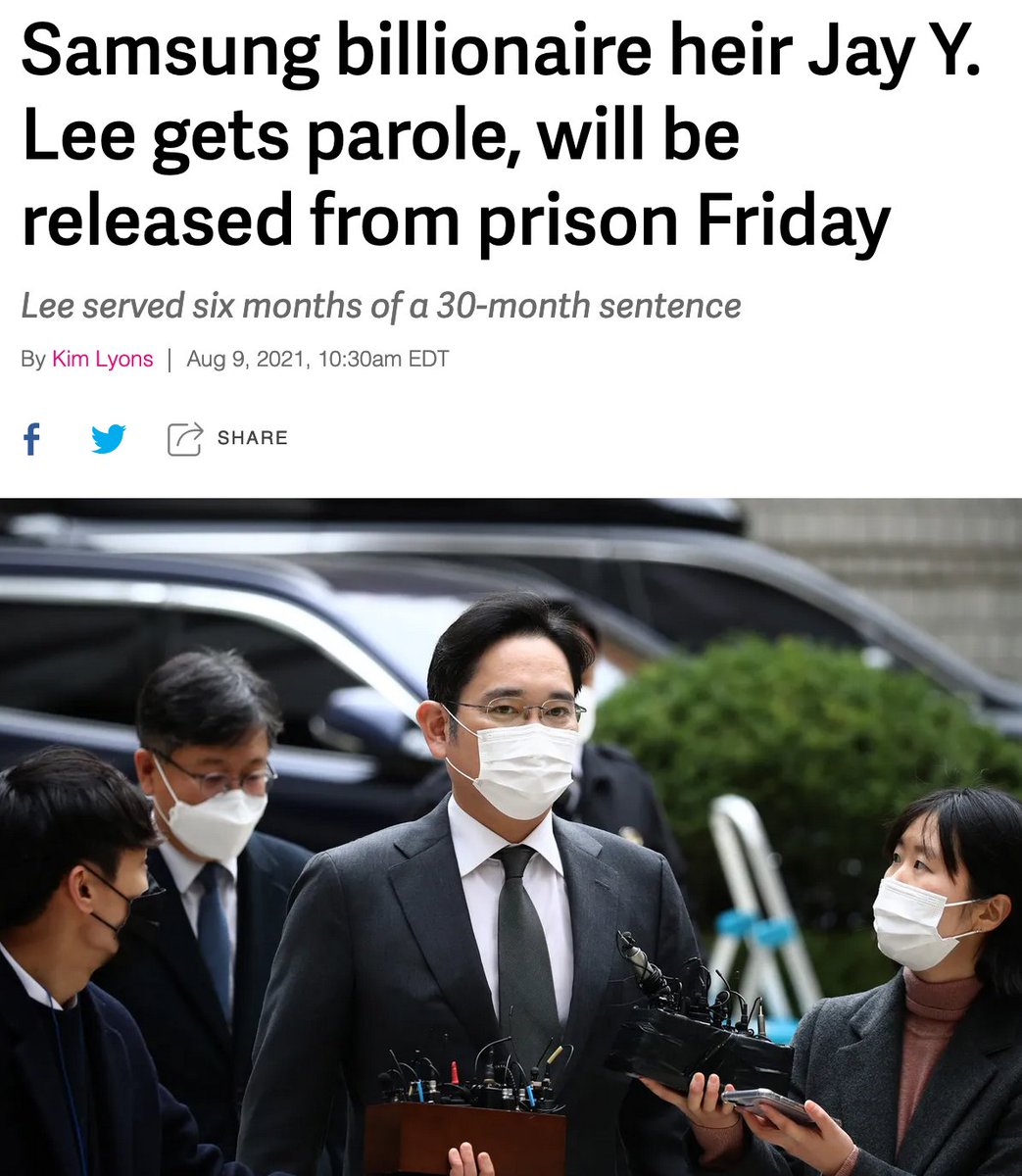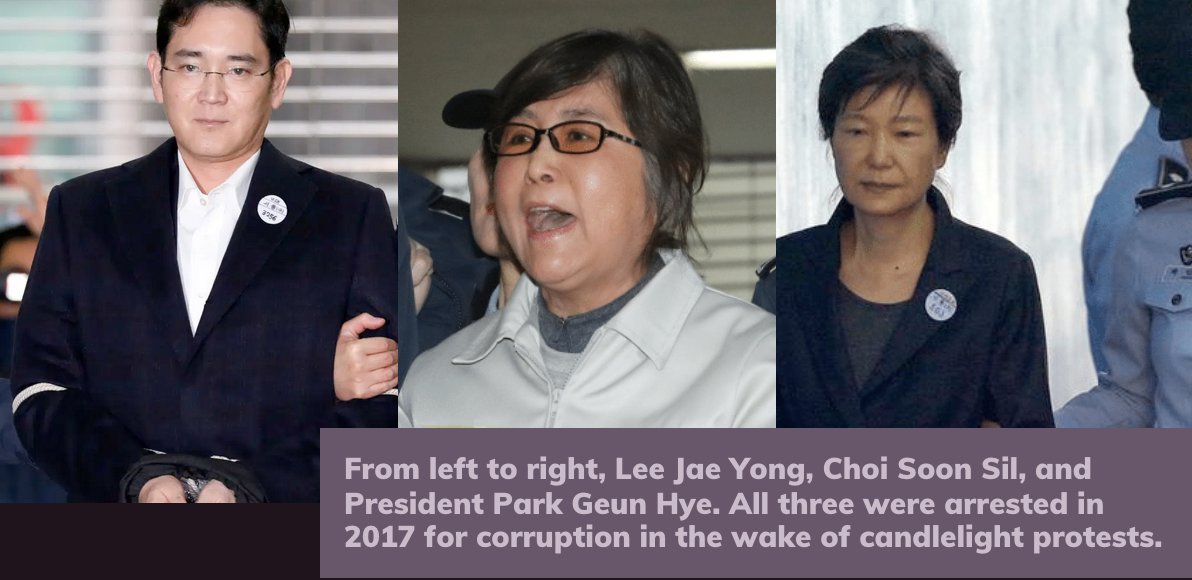
August 15 is Liberation Day in Korea. #OTD in 1945, 35 years of Japanese colonialism came to an end.
Over 75 years later, Korea remains divided and occupied. To understand why, we have to look at what happened from 1945-1950 on both sides of the 38th parallel.
Over 75 years later, Korea remains divided and occupied. To understand why, we have to look at what happened from 1945-1950 on both sides of the 38th parallel.

During WWII, the Allies agreed to an international trusteeship over Korea. Plans remained vague until the USSR entered the Pacific War, advancing rapidly across Manchuria.
Realizing the USSR would reach Korea first, the US made plans to divide Korea and halt the Soviet advance.
Realizing the USSR would reach Korea first, the US made plans to divide Korea and halt the Soviet advance.

On August 10, two days after the Soviets entered the Pacific War and one day after the atomic bombing of Nagasaki, US Army Cols. Dean Rusk and Charles Bonesteel were ordered to find a dividing line for Korea. They chose the 38th parallel so Seoul would be under US control. 



Koreans were not passive recipients of liberation. After Japan’s surrender, People’s Committees were organized across the country. On September 6, 1950 the People’s Republic of Korea (PRK) was declared—two days before the US military arrived. 

The PRK platform incl land reform, 8 hour workday, & universal suffrage. The PRK was led by bourgeois nationalists who took a failed centrist approach. Despite offering a leadership position to Rhee Syngman, the US swiftly disbanded the PRK & outlawed the People's Committees 

Here's a comparison of the first messages the USSR & US armies gave the Korean people:
USSR: "Korean people! You have attained liberty and liberation. Now everything is up to you."
US: "Acts of resistance...will be punished severely." Full text: books.google.com/books?id=kRKKA…

USSR: "Korean people! You have attained liberty and liberation. Now everything is up to you."
US: "Acts of resistance...will be punished severely." Full text: books.google.com/books?id=kRKKA…


After disbanding the People's Committees, the US rehired Japanese colonial authorities, including the police and Korean lackeys of the Japanese Imperial Army, who became military officers. Before 1950, the US & ROK killed 100,000 - 200,000 people in the south 

In the north, the People’s Committees remained the basis for Korean self-governance.
The Soviets actively shaped socialist construction in the north, but it was the Korean masses who implemented reforms locally to abolish Japanese colonial and feudal landlord oppression.
The Soviets actively shaped socialist construction in the north, but it was the Korean masses who implemented reforms locally to abolish Japanese colonial and feudal landlord oppression.

The original terms of the US-Soviet occupation called for a withdrawal of troops by 1948 and pan-Korean elections. Instead two different states formed—here is quick summary of how the ROK and DPRK were created. 

The imperialist narrative of the Korean War places the blame entirely on North Korea, but the truth is more complicated.
Liberation Day is bittersweet. But today is not a day to despair. History teaches that we have freed ourselves before; and we will free ourselves again.
Liberation Day is bittersweet. But today is not a day to despair. History teaches that we have freed ourselves before; and we will free ourselves again.

we made a typo here! 1945 not 1950
• • •
Missing some Tweet in this thread? You can try to
force a refresh






















